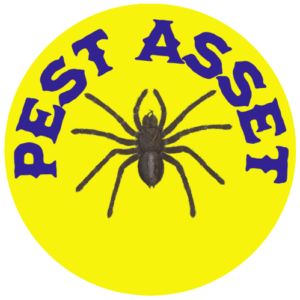Moths: A Diverse Group of Insects
Introduction
Moths comprise a diverse group of insects alongside their close butterfly relatives within the order Lepidoptera – which translates to “scaly wings” in Latin. There exist over 160,000 species globally displaying incredible diversity in size, color, and biology [1]. While many despise them due to their ability to damage treasured textiles, most species cause no harm to humans and some even provide ecological benefits.
Moths’ Appearance
As Lepidopterans, moths possess two pairs of large wings covered in tiny, overlapping scales which produce patterns and colors. Scales rub off easily, leaving dusty powder on fingers when handled. They have a coiled mouthpart called a proboscis used to drink flower nectar for nutrition. Moths are detected by their feathery antennae, plain appearance and nocturnal lifestyle while butterflies exhibit thin antennae with clubbed tips and bright colors [2].
In terms of size, wingspans stretch from 0.2 inches up to nearly 1 foot across. Different species display wings in a rainbow of colors from drab tan, gray, and brown to vivid and iridescent hues in dynamic patterns [3].
Moths’ Behavior
Moths behave as herbivores in both larval and adult life stages, feeding on flower nectar, sap, fruits, and other plant material. Most only live for up to one year. They play a crucial role as plant pollinators alongside butterflies and bees.
Butterflies fly about openly during the day while most moths fly under the concealment of night. Their annual migrations occur over multiple generations for some species while others overwinter to continue the next year.
Moths as Pests
Certain types of moths qualify as pests by damaging natural fibers in fabrics, carpets, and stored foods. Larvae hatching from eggs laid on these materials devour keratin-rich sources like wool, furs, and feathers to fuel their development into adults [4]. Common fabric moths include:
Webbing Clothes Moths: This widely distributed species constructs tunnels of feeding webs on fabric. Their creamy-white larvae eventually pupate into adults around 1⁄2 inch long and tan with faint diamond patterns on the wings.
Casemaking Clothes Moth: The larvae of this species craft protective silken cases decorated with plant debris for camouflage and mobility to new food sources. Adults have noticeably forked wings.
Carpet Moths: As the name implies, carpet moth larvae feed on carpets and rugs made of wool but also sometimes cotton, linen, and silk. They cause damage by separating carpet fibers.
Pantry/Flour Moths: Indian Meal Moths and Mediterranean Flour Moths infest stored grains like flour and cereals. They leave behind webbing and frass making the food unusable.
Prevention Tips
Prevent costly damage by taking these proactive precautions:
- Store fabrics/furs sealed airtight in plastic bags with mothballs
- Freeze wool items for 72 hours to kill moth eggs
- Launder fabrics on high heat then store sealed bags
- Inspect food packages for tiny moths before opening
- Discard infested items outdoors not in indoor trash
- Vacuum/steam clean carpets frequently
- Caulk cracks and crevices where moths hide
Conclusion
While only a handful of species cause damage to household goods, most exist as helpful flower pollinators and food sources for birds, bats, and other valued wildlife. Their beauty, diversity, and ecological contributions deserve appreciation – when kept outside where they belong! Prevent moth issues from developing by taking proactive measures tailoring storage and cleaning habits within the home. Monitor for early signs like webbing and larvae. Seek support removing infestations once detected since populations multiply rapidly.
References:
[1] https://www.britannica.com/animal/moth-insect [2] https://extension.colostate.edu/topic-areas/insects/moths-and-butterflies-5-507/ [3] https://www.sciencelearn.org.nz/resources/1472-types-of-moths [4] https://ento.psu.edu/extension/factsheets/clothes-moths



